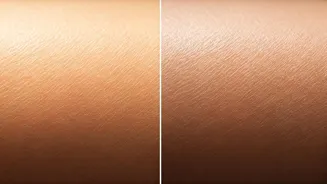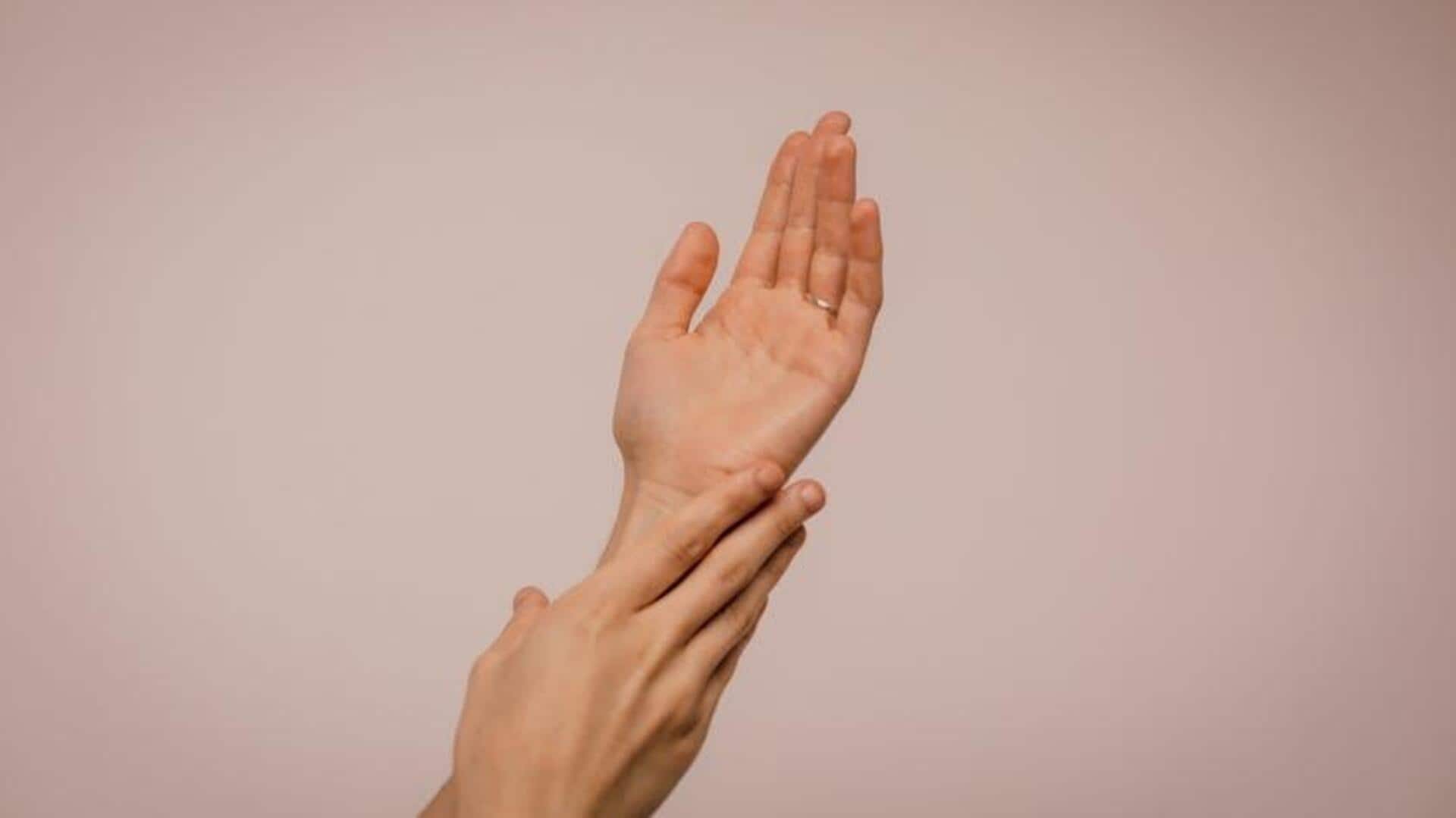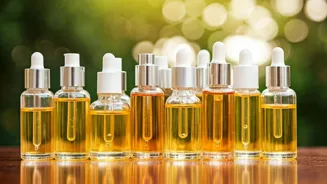Understanding The Terms
The terms 'dry' and 'dehydrated' are often used interchangeably, causing confusion about skin care. However, they represent distinct conditions. Dry skin is a skin type,
a permanent characteristic resulting from a lack of oil production. Dehydrated skin, on the other hand, is a temporary condition indicating a lack of water. It's crucial to understand this difference to address your skin concerns effectively. Dry skin lacks the lipids needed to retain moisture, leading to a compromised skin barrier. Dehydrated skin occurs when the skin loses water, often due to external factors. Recognizing the nuances between these two conditions will significantly improve your skincare routine and overall skin health.
Dry Skin Unveiled
Dry skin is a skin type, meaning it's determined by genetics and other internal factors, and it's a long-term condition. It occurs when the skin doesn't produce enough natural oils (sebum). This can lead to a compromised skin barrier, making it difficult to retain moisture. The common characteristics of dry skin include a feeling of tightness, especially after cleansing, flakiness, roughness, and sometimes itchiness. Dry skin may be prone to cracking, especially in harsh weather conditions. It often feels dry throughout the day, regardless of environmental conditions. People with dry skin may also experience a dull complexion and more noticeable fine lines and wrinkles. The lack of natural oils also makes the skin more vulnerable to irritation and sensitivity from external factors like certain skincare products and harsh weather.
Dehydrated Skin Explained
Unlike dry skin, dehydration is a condition, not a skin type. It's a temporary state where the skin lacks water, rather than oil. This can affect any skin type, whether oily, dry, or combination. External factors, such as weather (wind, sun), climate, harsh skincare products, and lifestyle choices, can cause dehydration. The main signs of dehydrated skin include a tight feeling, fine lines, dullness, and increased sensitivity. The skin may appear more textured, and the pores might look more prominent. You might also notice that your skin looks less plump and more prone to irritation. Dehydration can also manifest in increased breakouts, as the skin attempts to compensate for the lack of water by producing more oil. Dehydration affects both the skin's surface and deeper layers, impacting its overall appearance and function.
Spotting The Differences
Distinguishing between dry and dehydrated skin is crucial for effective treatment. Dry skin often feels tight and rough, and this sensation is persistent. Flakiness and visible cracks are common. The feeling of tightness is often present regardless of the season or environment. In contrast, dehydrated skin may feel tight and experience a loss of elasticity, but this is usually temporary. The skin might appear dull and fine lines could be more pronounced. Dehydration is often influenced by external factors, such as weather, diet, and lifestyle choices, with the condition improving when these factors are addressed. Consider your skin's overall history, environment, and how it responds to different products or treatments to identify the precise cause of your concerns.
Treating Dry Skin
Treating dry skin involves replenishing the missing oils and reinforcing the skin barrier. Choose a gentle, hydrating cleanser that does not strip away natural oils. Avoid harsh soaps and hot water, which can exacerbate dryness. Incorporate a rich, emollient moisturizer containing ingredients like ceramides, hyaluronic acid, and shea butter. These ingredients will help to lock in moisture, and provide a protective barrier. Consider adding facial oils to your routine, such as rosehip or argan oil, which are beneficial for restoring the skin's lipid barrier. Regularly exfoliate to remove dead skin cells, allowing moisturizers to penetrate more effectively. Remember to choose skincare products that are fragrance-free to avoid irritation. Consistency is key in maintaining a healthy skin barrier and reducing dryness.
Treating Dehydrated Skin
To address dehydrated skin, the focus shifts to hydration, both internally and externally. Drink plenty of water daily to replenish lost moisture and encourage healthy skin cell function. Use a hydrating serum containing hyaluronic acid, a powerful humectant that attracts and retains water. Incorporate a lightweight, water-based moisturizer to add hydration without clogging pores. Avoid long, hot showers, and opt for lukewarm water instead. Limit exposure to harsh weather conditions, such as strong winds and the sun, which can draw water out of the skin. Use a humidifier, especially during dry seasons or in air-conditioned environments, to add moisture to the air. Also, be mindful of your diet, and increase your consumption of fruits and vegetables with high water content to encourage skin hydration from the inside out.
Skincare Product Selection
When choosing skincare products, carefully consider the ingredients and their effects on your skin's moisture levels. For dry skin, select products that contain emollients, such as shea butter, cocoa butter, and oils. These ingredients will help to soften and smooth the skin. Look for occlusive ingredients, such as petrolatum and mineral oil, which create a protective barrier to prevent moisture loss. For dehydrated skin, look for humectants, like hyaluronic acid, glycerin, and aloe vera. These ingredients attract and bind water to the skin. Avoid harsh ingredients such as alcohol, strong fragrances, and sulfates, which can strip the skin of its natural oils and cause further dryness or dehydration. Patch-test new products on a small area of skin before applying them to your face. This will help you assess how your skin reacts and prevent potential irritation.
Lifestyle Adjustments Matter
Lifestyle choices significantly impact both dry and dehydrated skin conditions. To combat dry skin, limit long, hot showers and baths, as they can strip your skin of its natural oils. Protect your skin from harsh weather conditions like wind and sun by wearing protective clothing and applying sunscreen. Use a humidifier in your home, especially during dry seasons, to add moisture to the air. For dehydrated skin, ensure you drink adequate water daily to stay hydrated from the inside out. Avoid excessive caffeine and alcohol consumption, as these can have a dehydrating effect. Ensure a balanced diet, incorporating fruits, vegetables, and healthy fats. These will provide essential nutrients for skin health and keep your skin looking and feeling its best.




